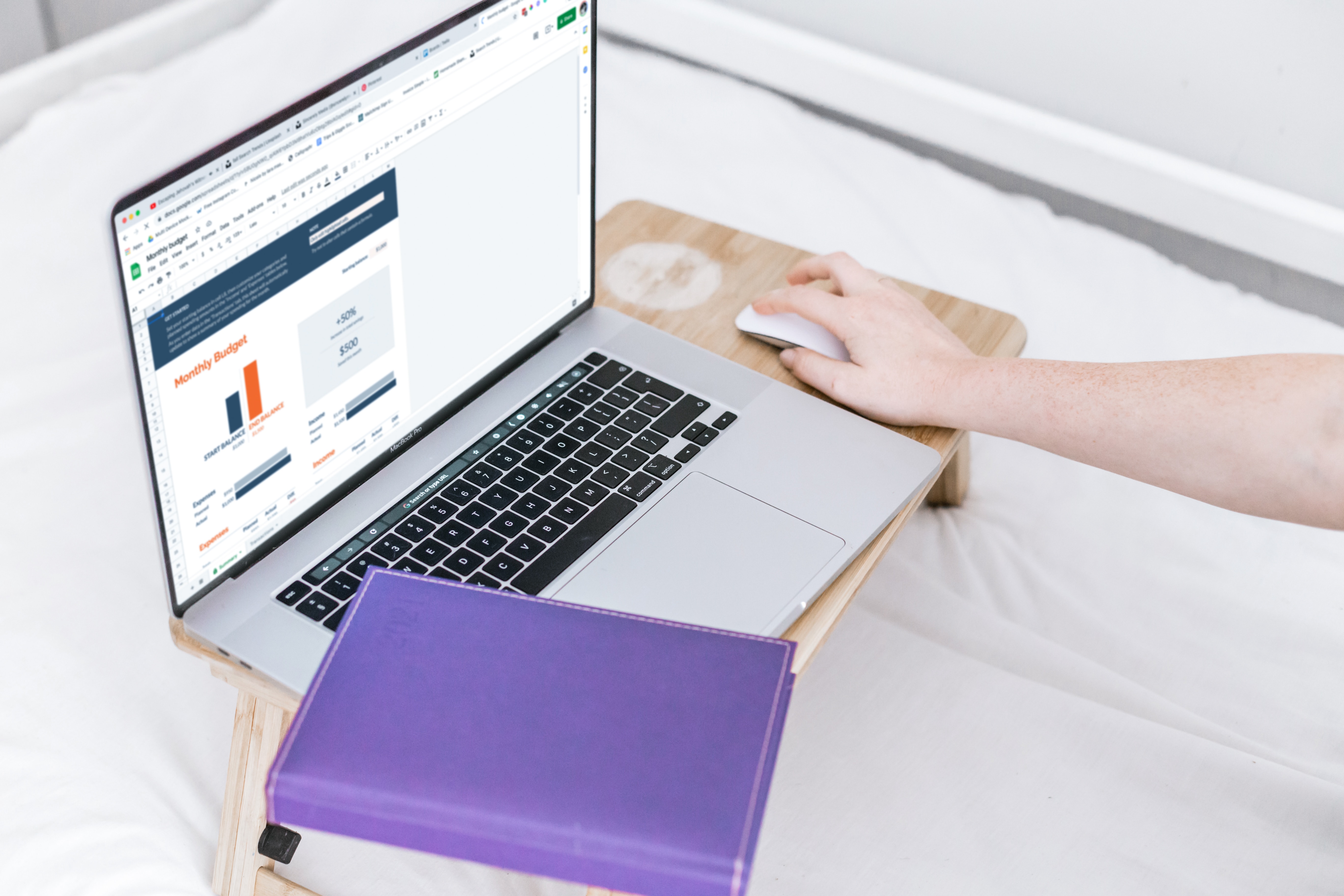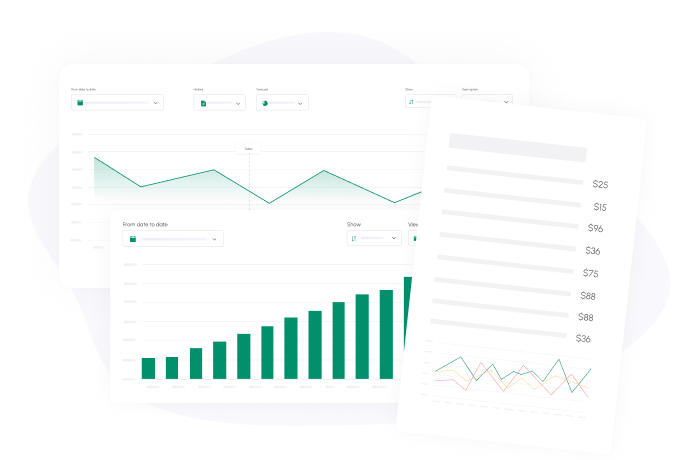

Budgeting and forecasting are two important aspects of financial management in business.
But there’s a difference between budgeting forecasting and forecasting budgets. This guide will take a more in-depth look at the differences between budgets and forecasts, and why businesses should use both.
Understanding Budgets
Budgets are expectations of what a company wants to achieve for a period, typically a year. Creating a budget involves allocating resources and setting financial goals.

Characteristics of a budget include:
- Predicted cash flows
- Revenue projections
- Estimates of expenses and revenues
- Projected debt reduction
- Budgetary control measures
Budgets are compared to actual results to gauge whether a company is on track to meeting its goals.
Budgeting provides a number of benefits for businesses, including:
- Aiding in decision-making. Management can determine whether an initiative can fit into the budget and help the company achieve its objectives.
- Better financial control. Without a budget, spending can easily escalate out of control and impact the company’s cash flow.
- Resource allocation. Budgeting allows for optimized resource allocation, so companies can put their resources to work for them.
Proper budgeting gives businesses insight into their cash flow, financial position and goals. Budgets are generally re-evaluated once per fiscal year, depending on management’s preferences.
Depending on the business, several budgets may be created, including those for marketing, events and more.
Forecast
Every business should be budgeting forecasting into its financial management process. Forecasting is the process of estimating a company’s future financial outcomes based on historical data.
Along with historical data, forecasting also involves looking at market trends and industry insights.
Forecasts help management predict future outcomes and make decisions based on this information. It can also help businesses identify opportunities and potential risks. Management will use this data to guide their decisions and take action based on that data.
Businesses can create forecasts for both the short-term and the long-term. It’s common for companies to create quarterly and annual forecasts to guide their decisions.
When forecasts are accurate, businesses can improve their:
- Cash flow management
- Budgets
- Strategic planning
Here is where forecasting and budgeting intersect, working together to help a business reach its goals.
Budgets are typically created first, as it helps shape the direction of the company’s finances. Forecasting helps track the company’s progress in reaching the goals outlined in its budget. Together, forecasting and budgeting can help companies reach their short-term and long-term goals.
It’s important to understand the difference between budget and forecast in business. While they are both important, each serves different purposes.
Contrasting Budgeting vs Forecasting
Forecasting vs budgeting has key differences, which are easy to identify. As discussed previously:
- Budgets involve estimating revenue and expenses, cash flow and debt,
- Forecasts involve using past data to create actual expectation
Forecasting budgets is complex. A company often outlines its budget for a year, although the budget can be revised every month or quarter as needed. Forecasts, on the other hand, can be:
- Short-term – 30-90 days
- Medium-term – One year
- Long-term – Several years
Budgets are often less flexible because they determine how much capital is earmarked for certain areas of business. For example, you may budget for $1 million in marketing expenses and this is provided for the entire year.
If your costs exceed this amount, there’s a chance that the company will not have the funds to allot for further marketing.
Forecasting is more flexible because it can be revised throughout the year and adjusted as necessary. However, it’s easy to see the inherent relationship between a budget and a forecast. For example:
- You forecast a 25% increase in sales next quarter
- HR adds to the budget to hire new employees to handle a larger sales volume
You can also forecast lower sales revenue and budget cuts must be made to fit into the company’s current sales figure. Forecasting cash flow will also show if there’s enough cash to cover operational expenses or if securing other forms of capital may be necessary.

Home Depot is a prime example of a company that forecasts weaknesses and cuts its initial forecasts. Shrinking profits also impact budgets, leading to minor layoffs. If revenue and profits continue to fall, it may impact budgets enough that employees start to experience larger layoffs.
Leveraging Budgets and Forecasts for Business Success
Forecasting budgets allows you to align your business for success.
How?
- Review forecast and budget data to see how accurate the forecast was compared to the actual results
- Budget for strategic goals, such as reaching 10% higher sales by hiring a new sales employee
You'll want to align your budget and forecast to meet your strategic goals and objectives. You may need $1 million to fund a new hiring goal, but the forecast shows that if you do, you’ll need to take out a loan to keep the company running.
Forecasts can show you where you need to make budget cuts to meet goals and objectives.
Companies should:
- Monitor their forecasts and run actual reports often
- Analyze data monthly to make key adjustments to your budget
- Revise your budget and forecasts based on trending data
Budget variances can lead to major business impacts. Companies must work to improve the accuracy of their forecasts and can do so by:
- Maintain strict data integrity
- Leverage the power of scenario planning
- Benchmark your data against your competitors
- Forecast frequently and in shorter durations
- Use forecasting tools to make forecasts easier
- Rely on historical data to increase future forecasts
- Analyze market trends and competition
- Create worst- and best-case scenarios for your forecasts
Long forecasts are less accurate than short ones because variables change over time. Frequent revisions to your forecast can help you make accurate budgets in the future.
Conclusion
Every business should be budgeting forecasting into its operations. An adequate budget that allows you to reach your goals depends on the forecasts that you make. Business success relies on you creating forecasts that are as accurate as possible.
If you’re a new or existing business, one of the smartest decisions that you can make is to integrate budgets and forecasts effectively.
Cash Flow Frog allows you to run cash flow forecasts in seconds, integrates into your existing accounting systems and empowers you to make smarter business decisions.
Related posts:
You may be interested:
New:












